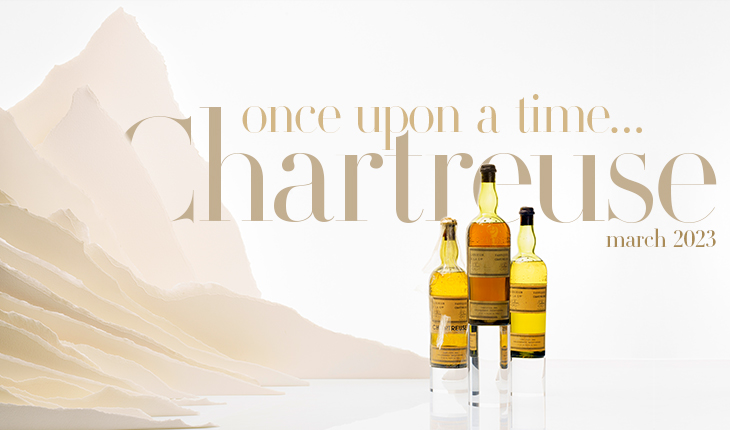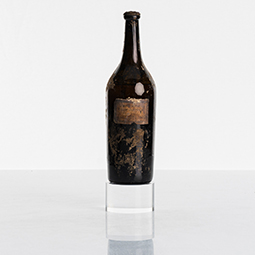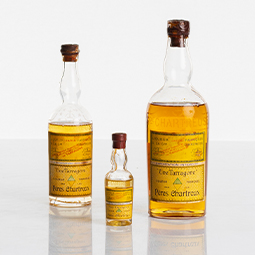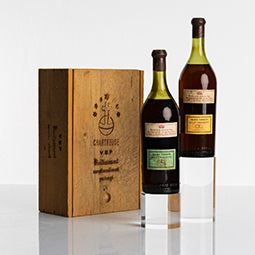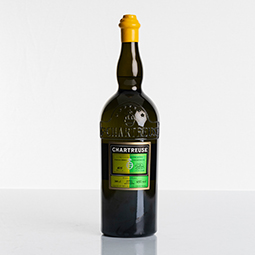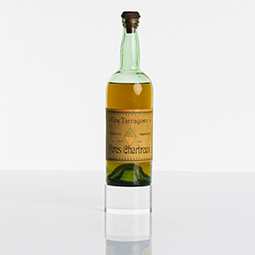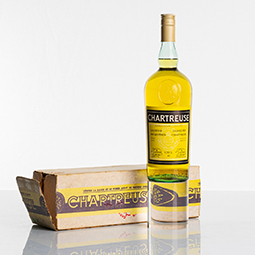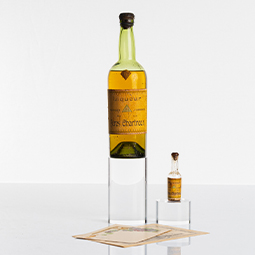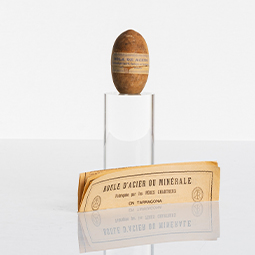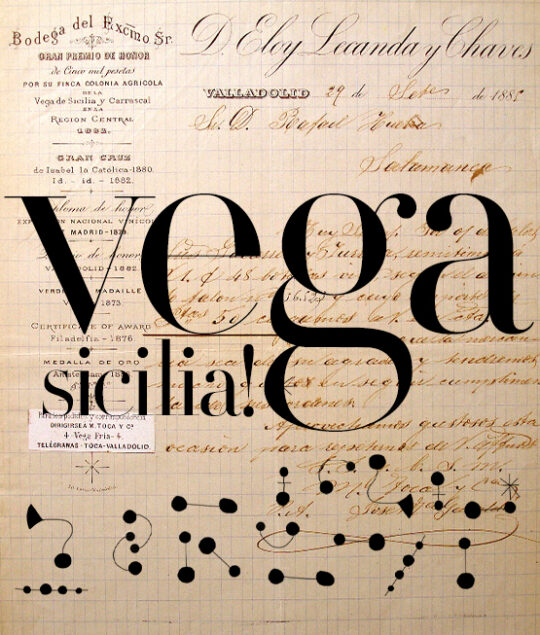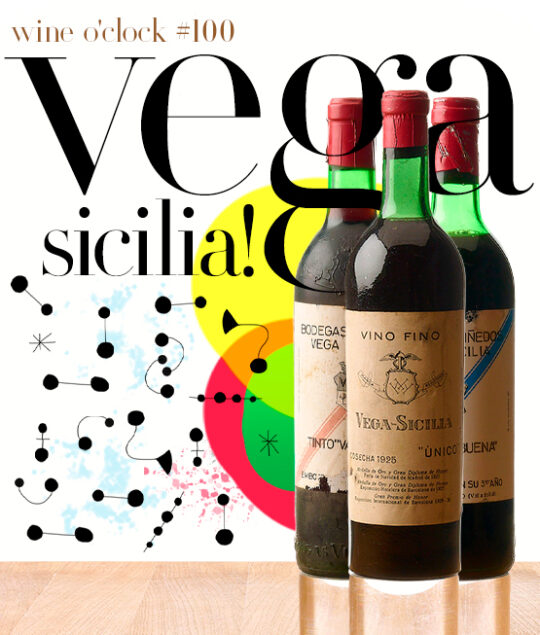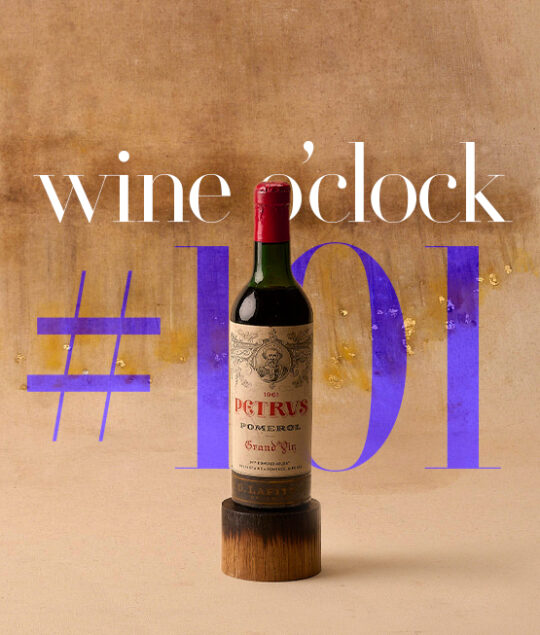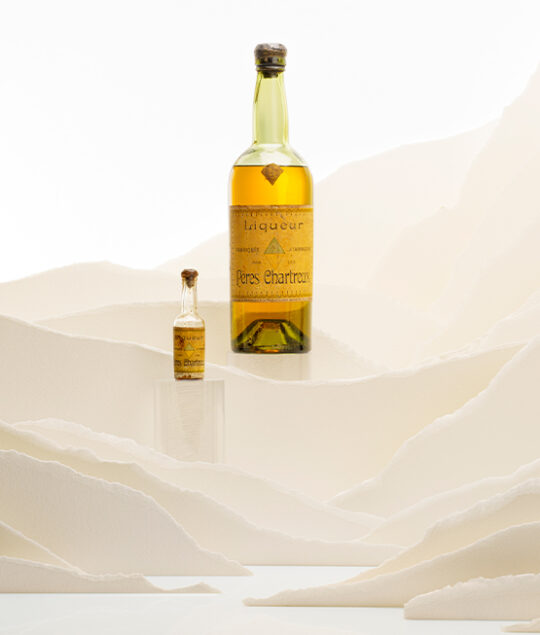

By Julie Carpentier
A step back in time…
—
“People may say what they like about the decay of Christianity, the religious system that produced green Chartreuse can never really die.”
Hector Hugh Munro (1870 - 1916)
The world-renowned Chartreuse liqueur arouses an eternal fascination for the beverage itself and for the benefits attributed to it, as well as for all that constitutes its history. A skilful combination produced by a religious order, this liqueur incorporating 130 plants, whose recipe still remains a mystery, is an integral part of popular culture and, through its elaboration over the centuries, it constitutes a remarkable heritage combining knowledge of plants, the art of distillation, meticulous woodwork for the making of the cases and the perpetuity of the secrecy surrounding its fabrication, despite the vicissitudes of its saga.
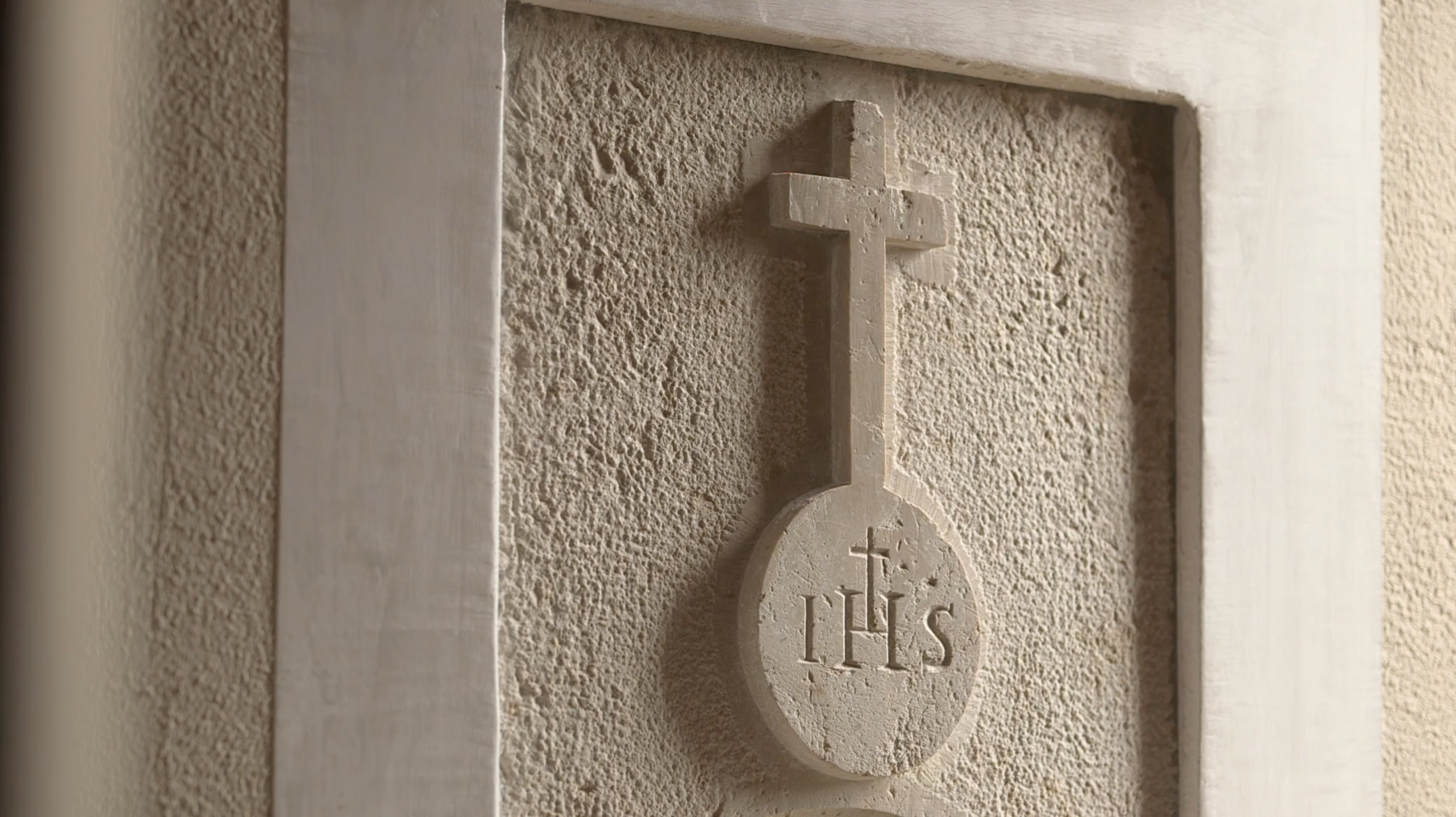
The secret origins surrounding this long-life elixir or health liqueur elaborated from a mysterious manuscript dating from the beginning of the 17th century, along with the persistence of its confidential nature – only two people know the formula – and the vicissitudes of the history of its production fully contribute to its lore and reinforce the atmosphere of legend that continues to enchant Chartreuse enthusiasts.
A geographical massif, a religious order, a liqueur and a colour (Chartreuse green), the name Chartreuse most probably comes from the Franco-Provençal patois “Chartroussa” meaning turned over or ploughed meadow, and designates the toponymy where the first dwellings were implanted in this remote setting of a pre-Alps massif, between Isère and Savoy.
The origins of the Carthusian order go back to 1084 with the arrival of six monks led by a monk from Cologne, Bruno (Saint Bruno) who settled there with the help of Hugues, Bishop of Grenoble. They created a hermitage, the foundation of the monastery and the Carthusian order, which was recognised in 1184 by the papacy. In the 14th century, at the height of the order, there were 150 active Carthusian monks, who answered to the Father General, the prior of the Grande Chartreuse monastery. The spiritual doctrine of the order was hermit silence and solitude and it existed in virtual self-sufficiency. “ Stat crux dum volvitur orbis ” (the cross remains stable while the world turns) is the motto of the monastery’s emblem.
It is not known where the original recipe came from – perhaps from Constantinople?
In 1258 a monastery of the order was founded in Paris, the Chartreuse de Vauvert (near the site of the present Luxembourg Gardens), where remarkable nurseries and horticultural know-how were developed. The Archives of the Charterhouse of Paris having disappeared, but according to oral tradition, a manuscript containing a list of medicinal plants was originally donated to the Carthusian monks of Paris in 1605 by a benefactor of the Order, the Marshal of Estrées. It is not known where the original recipe came from – perhaps from Constantinople? – but the Carthusian monks of Vauvert treated the sick and probably worked on the elixir in the apothecary, already at that time keeping it secret.
In 1737, the manuscript arrived in Chartreuse, probably with the aim of bringing resources to the monks who had considerable overheads. Three Brothers, including Brother Jérôme Maubec, worked for several years to modify the formula to make it more pleasing in sight and taste, through several phases of infusion and maceration of the plants to extract the active principles or the aromas, then through distillation. Following the recipe to the letter, the elixir was red. The first transformations modified the colour, making it greenish, then the taste was sweetened by adding sugar and reducing the alcohol content. In 1764 the final recipe was elaborated. A 6-page manuscript specifies its composition, which, on the whole would not change. The elixir was named “ Chartreuse Elixir Végétal ”. All the plants mentioned in the initial manuscript were maintained in the recipe. The question of colour would remain a permanent challenge, as it was the result of a skilful balance between the interactions of the plants.
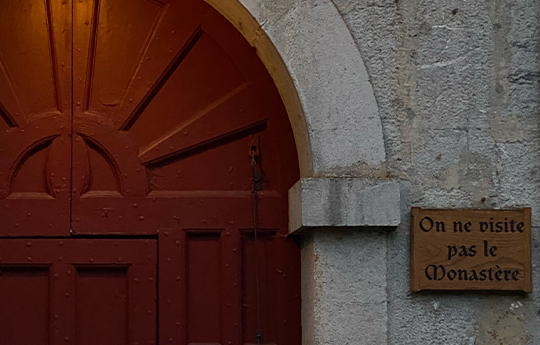
With the French Revolution, the monastery experienced a period of sacking and closure. The community of the Grande Chartreuse was expelled. The original manuscript of the recipe was lost but had previously been copied and kept secret.
The monastery reopened in 1816, in extreme poverty, by obtaining the lease of the Grande Chartreuse from the State. The resumption of production led in 1825 to the first appearance of a product which was different from the plant elixir. Its purpose was no longer medicinal; the aim was to make a real liqueur, to which the plants would give a unique taste, and which would be easier to sell. The years of research that followed concluded in two directions: a completely new recipe was invented, Melissa water, (whose name would become White Chartreuse and which would be marketed from the 1860s onwards), and secondly a liqueur was created which remained in the initial trend. In 1840, it was the culmination of the evolution of this table elixir that definitively became Green Chartreuse. At the same time, a milder and less alcoholic formula was produced, Yellow Chartreuse. The liqueur allowed the monks to escape poverty and the resources gathered permitted the Order to expand.
Production boom in the second half of the 19th century, industrial scale
In the beginning, production was small-scale (300 litres in 1824) and was sold on the markets of Chambéry and Grenoble. The liqueur was also offered to visitors of the monastery. From the 1840s onwards, faced with the growing demand, a larger still became necessary. The products were by now well known and distributed – primarily, according to the anecdote, through the intermediary of officers who came to taste the liqueur at the monastery in 1848 and who widely publicised it. The products also began to be increasingly imitated. Numerous imitations were developing, particularly in the region. But the recipe remained a secret.
Since religious orders had, since the Revolution, been forbidden to trade or to own an industry, throughout the 19th century the Carthusian monks successively entrusted the ownership of the liqueur to one of their own. The “brand name” was thus registered in 1852 by Father Garnier, who was in charge of the management of the Distillery.
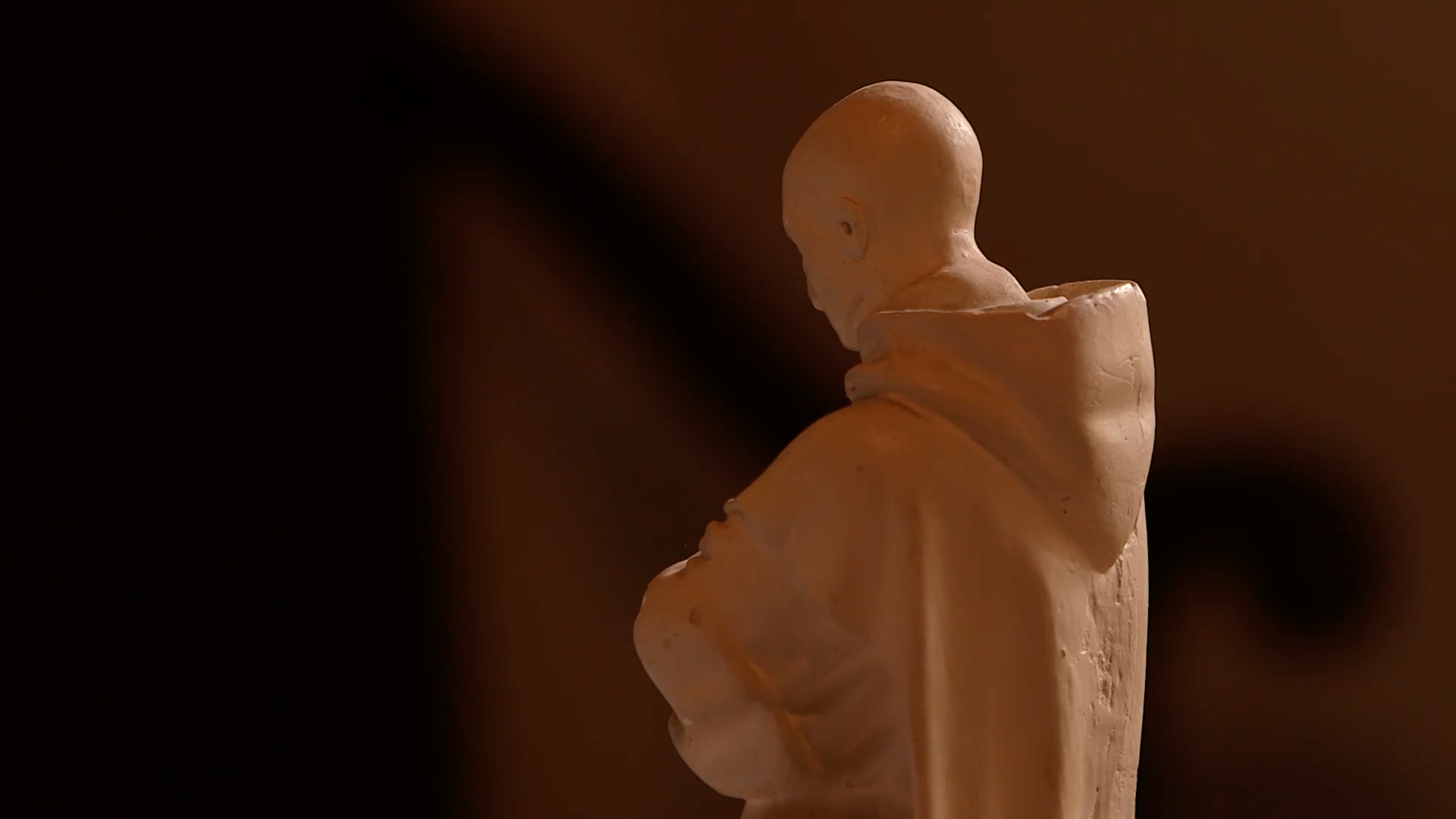
Due to the growth in production, and for both expansion and security purposes, the distillery was, in the 1860s , set up in Fourvoirie, a neighbouring estate to the monastery where the monks had already been carrying out metallurgical work for several centuries, exploiting the surrounding iron mines to produce cast iron.
A railway station enabled the loading and unloading of carriages. This move also coincided with the papal desire to move the distillery away from the monastery.
The drop in national production from French vineyards due to the phylloxera crisis was particularly providential to the significant development of the distillery: from 559,000 litres sold in 1865, it reached an average of one million some 15 years later, even reaching 3 million between 1887 and 1889.
Events in the 20th century, between Spain and France
In 1903, the monks were forced to leave the monastery abruptly, as they had not obtained the necessary authorisation from the government to maintain the religious order, in a complex political context in which the 1905 law on the separation of Church and State was being prepared, and probably because of the economic stakes represented by the Chartreuse. The affair was reported in the press, and inhabitants rallied in vain to prevent the monks’ eviction. The community went into exile in Italy near Lucca and a distillery was set up in Tarragona, Catalonia, to make the liqueur. The Carthusian monks took their secret with them and created a limited company, “ Union Agricola ”. A trademark and a new label with the words “ Liqueur made in Tarragona by the Carthusian fathers ” were registered. Although the name, the shape of the bottle and the label had changed, it was clearly stated that the Chartreuse was made “ in Tarragona, according to the processes that the Carthusian monks have kept secret ”. The company quickly prospered.
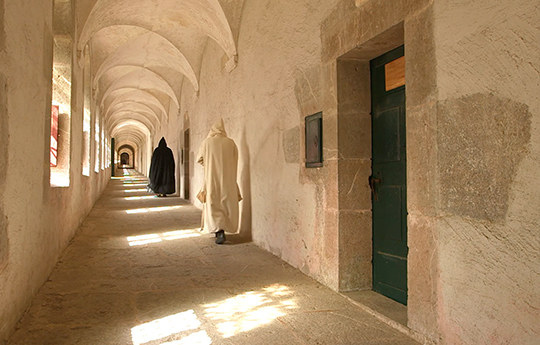
The French assets of the Carthusian monks were confiscated by the government, which tried to get the distillery up and running again. Episodes of legal battles ensued against the Carthusian monks for the trademark, led by the liquidator of the Grande Chartreuse’s assets, a group of liquorists who operated the distillery and exploited the name “ Chartreuse ”. Despite attempts, the recipe failed to be reproduced. Simultaneously, from the 1920s onwards, the Carthusian brothers opened a small distillery in Marseille, with the tacit agreement of the government, the Spanish distillery continuing to supply the world export market. Not having the right to use the “ Chartreuse ” trademark in France, they made a liqueur called “ Tarragona ” by blending Tarragona distillates in Marseille.
As for the “ Compagnie Fermière de la Grande Chartreuse ”, it had not succeeded in launching its liqueur production, nicknamed “ liquidatreuse ”, whose quality does not seem to have been comparable to that of the Carthusian monks. It went bankrupt in 1929 and was succeeded by the “ Compagnie Française de la Grande Chartreuse ”, with the Carthusian monks officially becoming full owners of the brand again. The Fourvoirie facilities that had been abandoned were restored. From 1930 to 1941, the bottles carried a double label, Chartreuse and Tarragona, to signify that it was indeed the same liqueur. Production in Marseille ceased definitively.
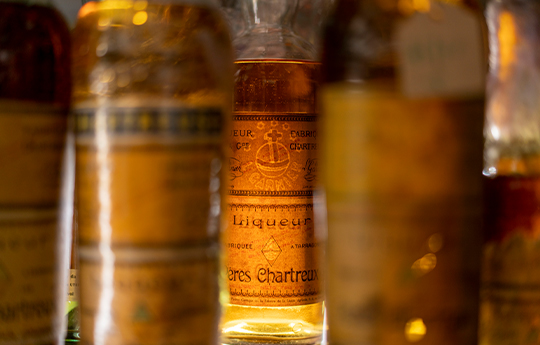
Following a landslide that destroyed the Fourvoirie distillery in 1935, the French production activity was transferred to Voiron, some fifteen kilometres away, where buildings belonging to the Carthusian monks had been used in the 19th century for storage and shipping. The manufacture, ageing, storage and marketing of the liqueurs were carried out there. The monks obtained permission to return to the monastery in 1940, thanks to a context more favourable to the clergy, renting the buildings from the French State, in return for a modest rent and the cost of routine maintenance.
From 1935 to 2017, the Voiron distillery was the only place in France where the Chartreuse liqueur was produced. After the Second World War, the age-old liqueur received its true appellation with the word “ Chartreuse ” now on the bottles. The presentation with the embossed inscription on the bottle, a process which had been abandoned in 1880 for sandblasted marking, and the label from before 1903 were now reincorporated in the design of the bottle. In 1963 “ Vieillissement Exceptionnellement Prolongé ” (Exceptionally Extended Ageing) Chartreuse was launched, the famous VEP , aged in antique oak casks from the distillery, numbered annually. In 1970, Chartreuse Diffusion was created for packaging, advertising and sales. Numerous new products such as, Chartreuse orange, blueberry, raspberry and cocktails were created. French chefs were invited to create daring recipes. Then came the years of crisis during which the marketing orientation was focused more on mountain imagery. This is when the “ Génépi des Pères Chartreux ” was introduced.
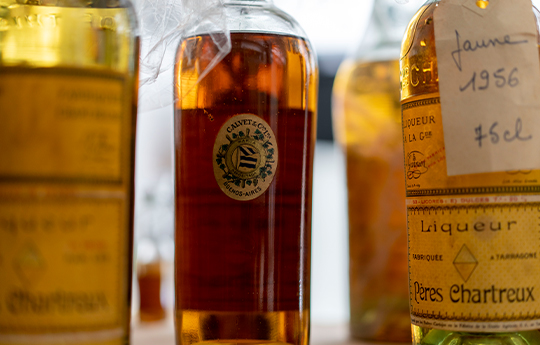
After the war the activity continued simultaneously in Tarragona, with monks coming from Voiron 4 to 5 times a year to stay for a few weeks for distillation campaigns. Production was around 250,000 litres per year before declining in the 1970s. Chartreuse SAE succeeded the Union Agricola, the management was totally independent of the French company, with agreements between Voiron and Tarragona to share export markets. Although they were made according to identical recipes, differences in taste existed, due to the differences in the alcohols used (mixture of beet alcohol with wine alcohol in France), shorter ageing time in Spain… As in Voiron, Tarragona innovated and experimented with new products (brandy, anisette, freeze-dried herbal teas, etc.) with varying degrees of success. In 1989 the decision was made to concentrate all of the activity in Voiron, for economic reasons, and the Tarragona distillery closed down definitively. However, Chartreuse was still celebrated there, especially on the occasion of the Santa Tecla festivities, in the form of a mixture of green Chartreuse, yellow Chartreuse and granita.
21st century, project “Great Future”
The activity continued in Voiron until its recent transfer to the new production site in Aiguenoire, due to constraints linked to the regulations on classified installations which interfered with the necessary modernisation of the distillery. The Voiron site – now Caves de la Chartreuse – has been conserved for ageing only, on account of its very long liqueur cellar. It is mainly dedicated to the cultural and touristic influence of the liqueur, in connection with the Correrie museum, which evokes Carthusian life.
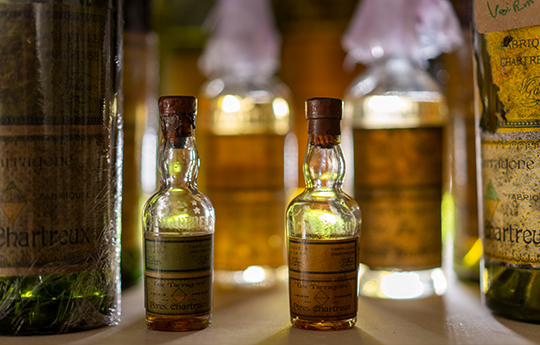
The Aiguenoire distillery in Entre-Deux-Guiers, built close to the monastery and the historic Fourvoirie distillery, was inaugurated in 2018, as a return to its roots in a site whose history is also linked to the presence of the Carthusian monks, since they carried out fish farming and agricultural activities there in the 17th and 18th centuries, after having transformed the natural environment into ponds for fish farming and orchards for fruit growing and garden crops. A territorial project was implemented with the local authorities for an economic, environmental and heritage location. The new buildings and developments were integrated into the landscape within the Chartreuse Regional Nature Park, the old barn-stable was restored and improved, the ponds were conserved and the orchards replanted.
It is now there that the brothers continue to sort and handle the dried plants in secrecy and timelessness. The majority of the production comes from the Chartreuse massif and employs several local producers. Today, as in the past, the formula of the liqueur remains a mystery.
Bibliography
—
“Chartreuse, la liqueur”, February 2020, publication Chartreuse.
Note
—
Prospective buyers should be aware of certain restrictions imposed by various jurisdictions regarding the shipment and importation of spirits (including Liqueurs Chartreuse). Many countries impose limitations on quantity, high duties and/or taxes. Prospective buyers should be fully aware on export and import restriction before planning any shipment of Liqueurs Chartreuse and spirits in general.
top lots
